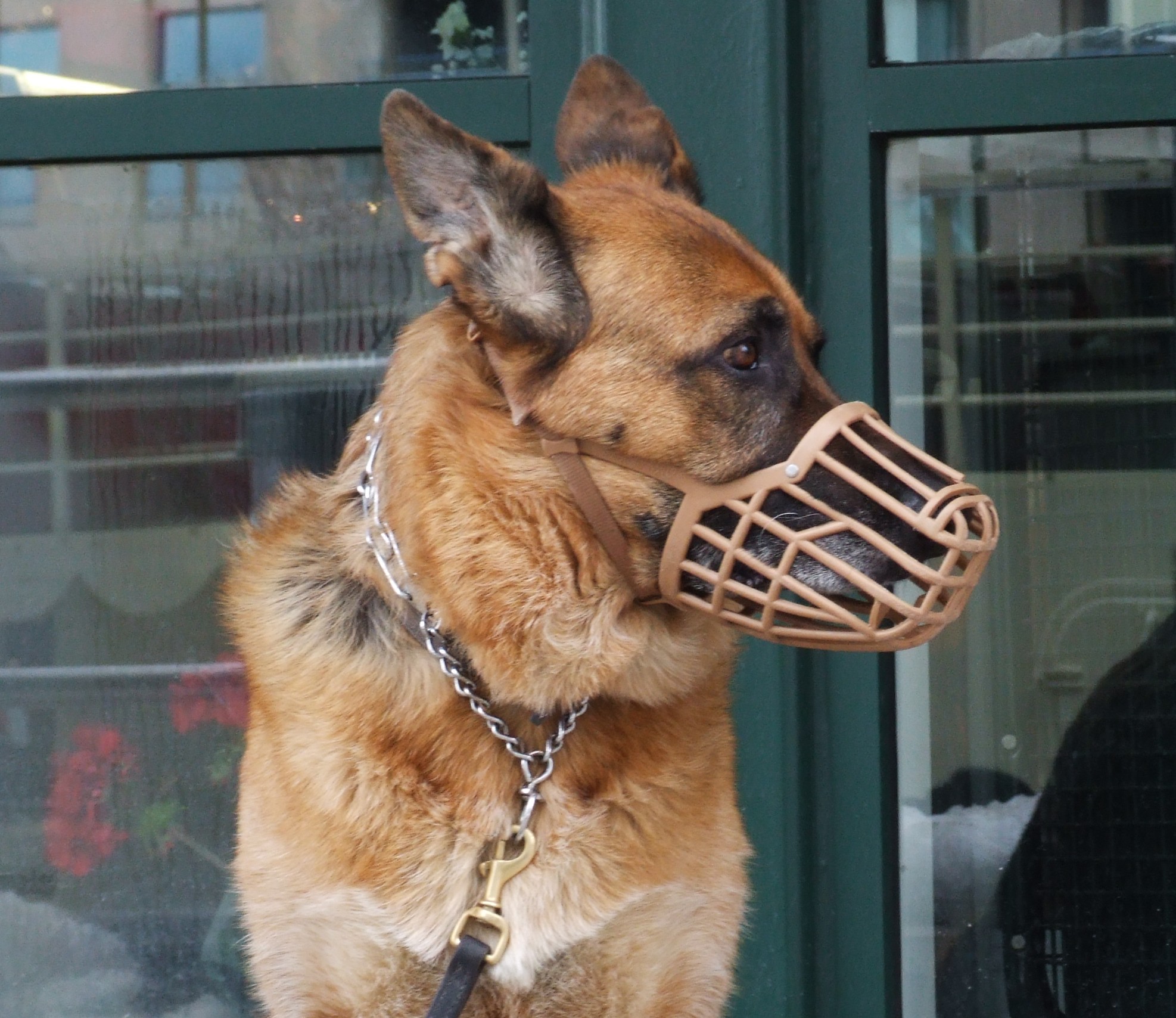
Dog breeds are an insufficient gauge of behaviour and legislation regarding dog bites should be evidence based, said the AVA.
Kersti Seksel discussed the topic at the AVA’s mid-August Australian Small Animal Veterinarians conference at the Melbourne Convention Centre.
Seksel said dog bites are a complex issue, yet solutions are often portrayed as simple.
“A dog’s behaviour in certain situations and a person’s skills in picking up certain cues can play a role in reducing dog bite incidents in the community,” she said.
The renowned behaviourist argued that dog behaviour is an interplay of genetics, learning, and environment and all of these factors need to be taken in to account.
“The government also seldom has the necessary background to critically evaluate the evidence and reach a scientifically based opinion on the most appropriate way forward,” she said.
“This makes many measures not only ineffective in reducing dog bites but also difficult to implement.”
Seksel said that many dogs in the country are declared dangerous based on breed, restricting ownership of certain dogs believed to be likely to inflict injury.
“The issue of how to positively identify these breeds is often ignored, resulting in many dogs that were responsibly owned and had no history of aggression being seized and often destroyed,” she said.
“Fortunately, in many of these countries, when records of dog attacks before and after this regime were introduced were compared, there was no significant drop in the number of attacks and restricted breed legislation has been abandoned.”
Seksel added that most dogs will show signs of anxiety, stress or aggression before an aggressive event takes place.
These signs, however, can be misinterpreted or go unnoticed.
“Educating the community about these signals is really critical in dog bite prevention,” Seksel said.
AVA President Paula Parker echoed Seksel’s calls, and said the AVA wishes a comprehensive approach to improve community dog safety.
“Understanding what a dog is trying to communicate and acting to remove them from the situation or address their concerns is key in improving community safety with dogs,” she said.
Visit ava.com.au to access the AVA’s Dangerous Dogs – a sensible solution (2012).

